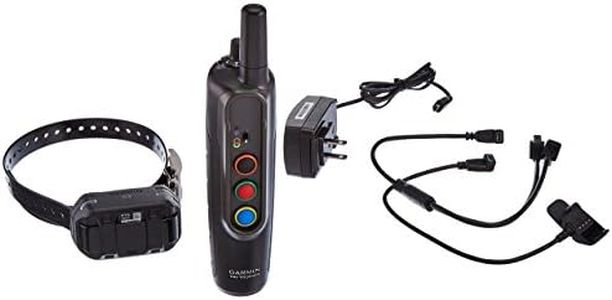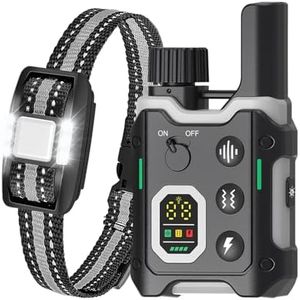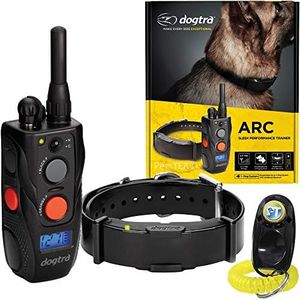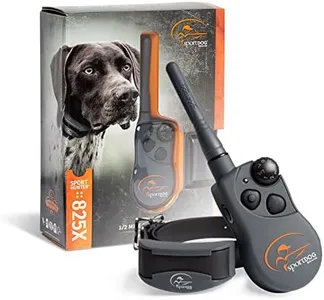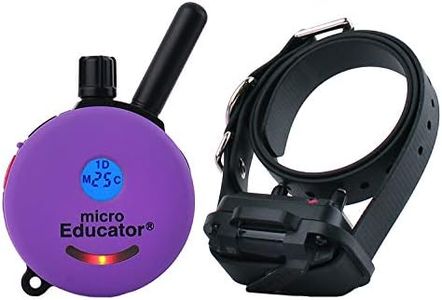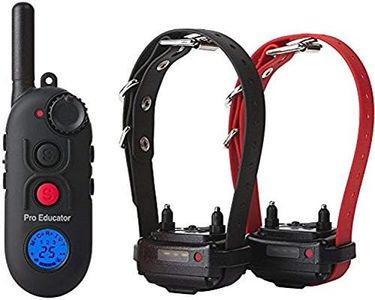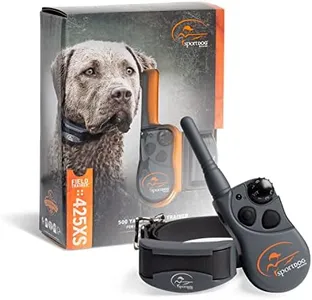We Use CookiesWe use cookies to enhance the security, performance,
functionality and for analytical and promotional activities. By continuing to browse this site you
are agreeing to our privacy policy
10 Best Dog Training Collar
From leading brands and best sellers available on the web.Buying Guide for the Best Dog Training Collar
When choosing a dog training collar, the main goal is to ensure effective training while keeping your pet comfortable and safe. It’s important to think about what training issues you want to address, the temperament and size of your dog, and your preferred training style. Training collars come with different features and settings, so understanding these options will help you select the one that aligns with your needs. Always use training collars responsibly and consult with a professional if you are unsure.Correction ModesCorrection modes are the ways a collar can communicate feedback to your dog, such as beep, vibration, or static stimulation. This is important because not all dogs respond to the same type of correction, and using the appropriate mode can make training effective and humane. Collars usually offer one or more modes, ranging from tone/beep (mildest), vibration (gentle physical cue), to static stimulation (provides a sharper sensation). If your dog is sensitive or responds well to mild signals, you may only need beep or vibration. For more stubborn dogs or certain behaviors, static stimulation might be considered, always starting on the lowest setting. Choose a collar with modes that fit your dog’s personality and your comfort level in using them.
RangeRange is the maximum distance over which the remote control can activate the collar. This matters because it determines how far away your dog can be for you to still send corrections. Collars typically range from a few hundred feet to several miles. For basic backyard training or walking, a shorter range is usually enough. If you plan to train your dog off-leash in parks, open fields, or on hunting trips, look for a collar with a much longer range. Consider where you will be training most often to decide what range will be adequate.
Adjustable Sensitivity LevelsAdjustable sensitivity levels refer to the ability to set the intensity of corrections, especially for vibration and static modes. This is crucial because each dog has a different tolerance and will respond differently to the same level of correction. Collars may offer anywhere from a handful to over a hundred levels. More levels offer finer control, allowing you to find the gentlest, most effective setting for your dog. A good approach is to start at the lowest level and increase slowly until you notice your dog responds; avoid using higher levels than necessary.
Collar Size and AdjustabilityCollar size and adjustability concern how well the collar physically fits your dog. This is important not only for comfort but also for the collar to function correctly, especially if it relies on skin contact for certain corrections. Collars should be adjustable to fit a range of neck sizes and should not be too tight or too loose. Most training collars specify their supported neck size or dog weight range. Measure your dog's neck and make sure the collar sits snugly without restricting movement or breathing for best results and safety.
WaterproofingWaterproofing is the collar’s ability to resist water damage, which is critical if your dog will be outdoors in various weather conditions, running through wet grass, or swimming. Some collars are only water-resistant (able to handle splashes and rain), while others are fully waterproof (can be submerged in water). If your training typically happens outdoors or your dog likes water, go for a fully waterproof collar to ensure longevity and consistent performance.
Battery Life and Charging OptionsBattery life and charging options refer to how long the collar and remote can operate before needing a recharge and how they are recharged. This is important because a training session could be cut short by dead batteries, and frequent charging can be inconvenient. Some collars use replaceable batteries, while most modern models have rechargeable batteries with USB cables or docks. Look at how long the collar lasts on a single charge and how convenient it is to recharge; if you plan on long training sessions or travel, longer battery life is beneficial.
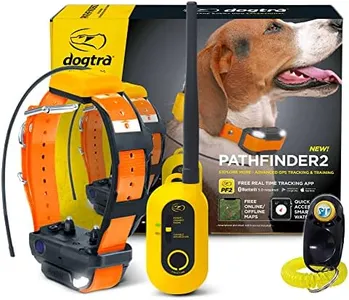
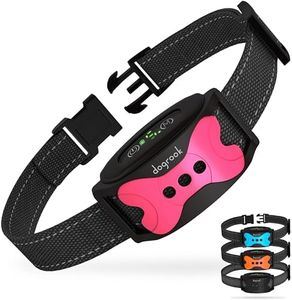
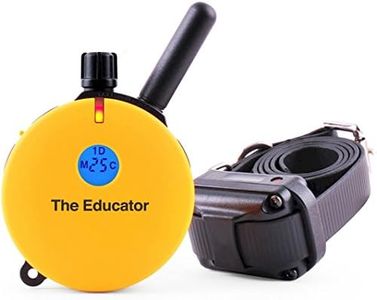
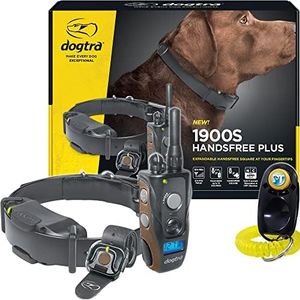
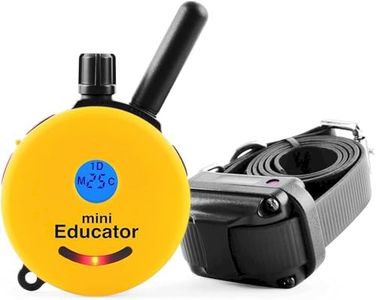


![INVIROX Dog Training Collar [2025 Edition] 123 Levels Dog Training Collar with Remote 1100yd Range E Collar for Dogs Training 100% Waterproof Rechargeable, Manual Bark Collar for Large Dog](https://images-proxy.bestreviews.guide/1uHIL5pcLcrYzl3WqvHwTh5BqCQ=/0x300/https://m.media-amazon.com/images/I/41HCedbCSyL._AC_CX679_.jpg)
